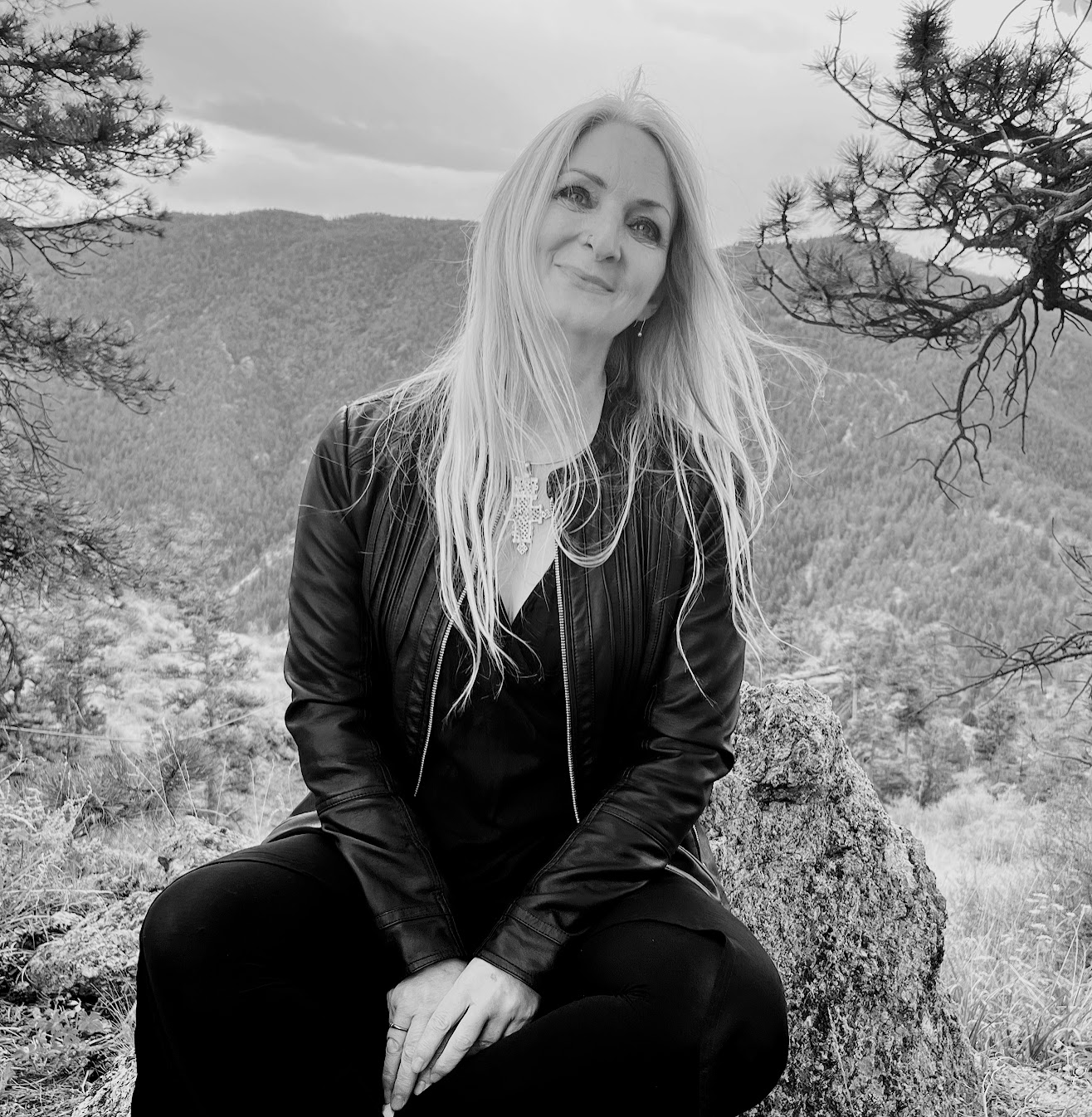
articles & archives
Published articles, essays and musings from the editor’s desk.
about me
Let me help you find your writing ‘voice’. As an experienced writer, editor and publishing professional of nearly 20 years, I help writers of all levels become authors.

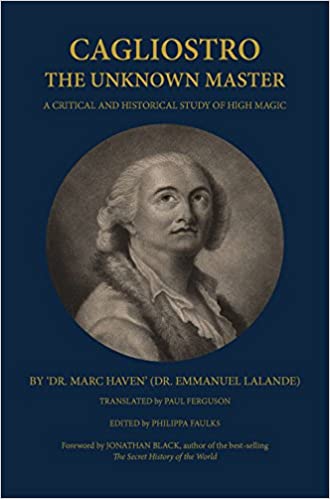

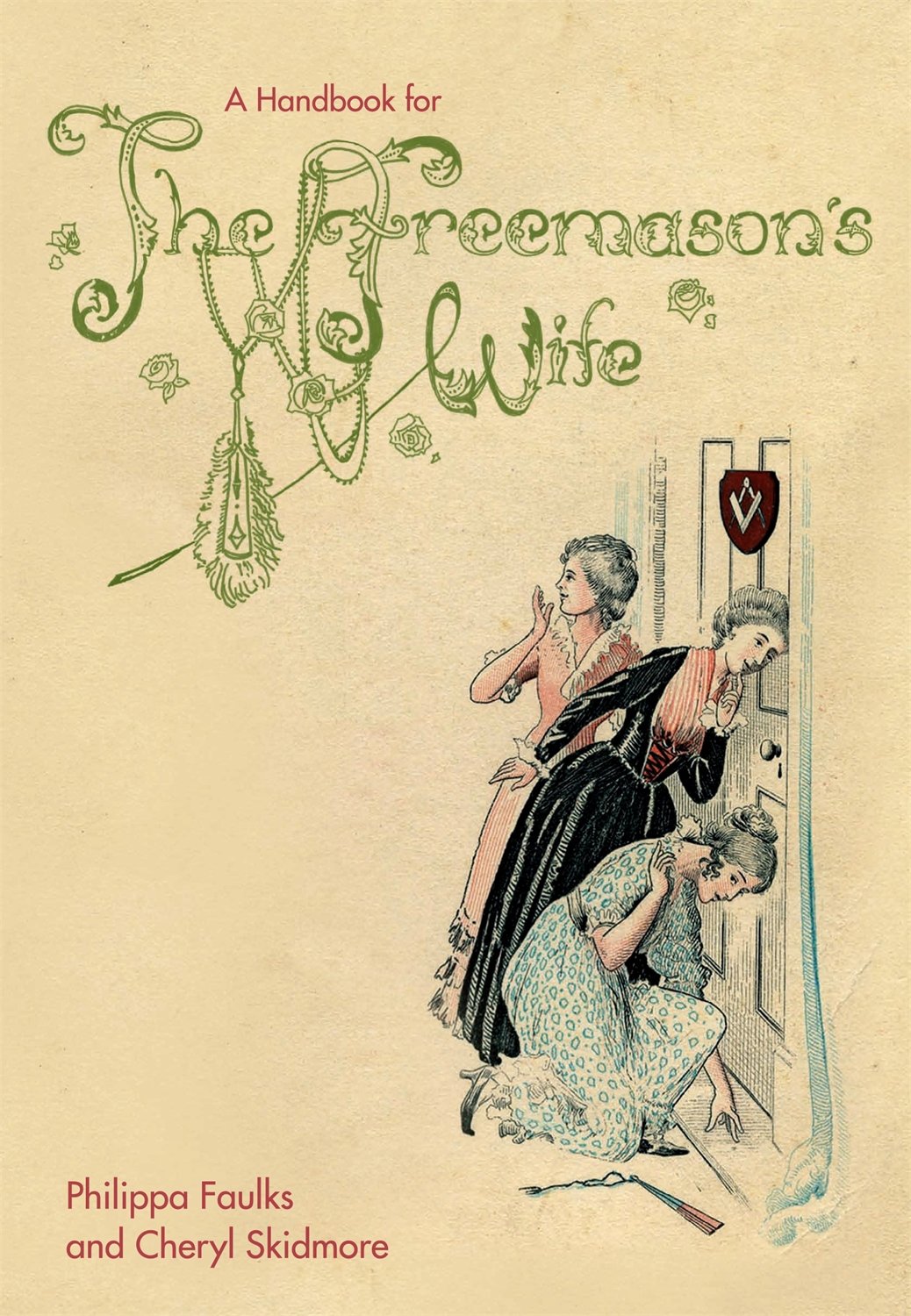
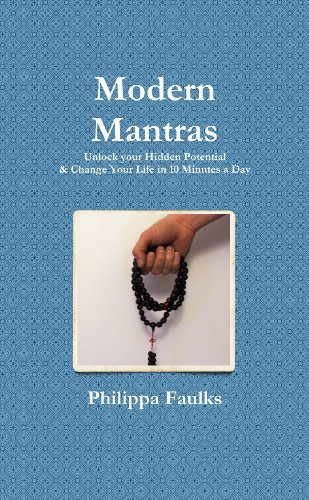
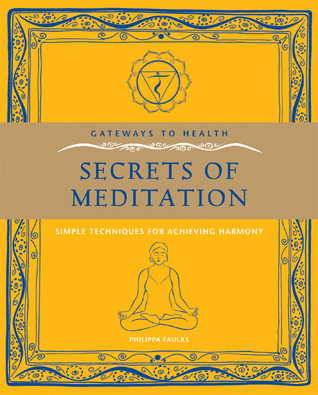


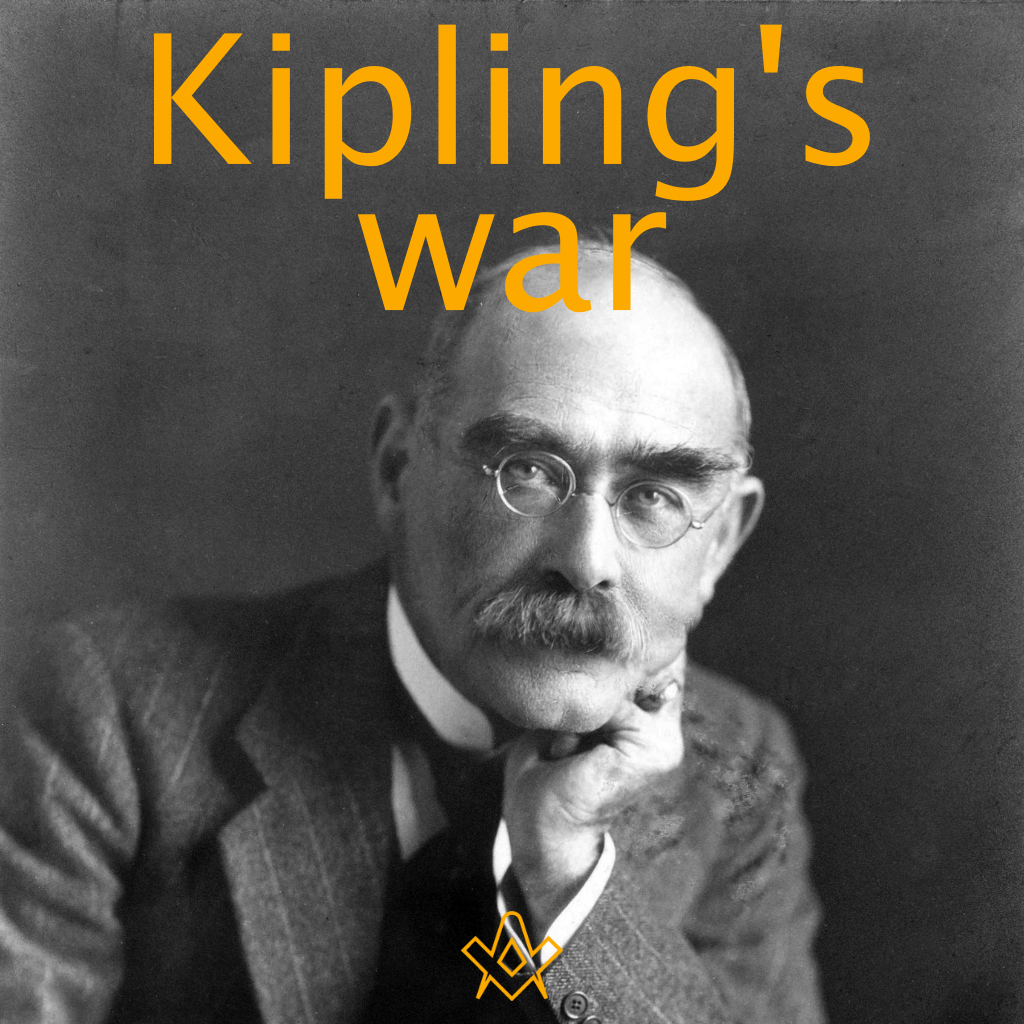

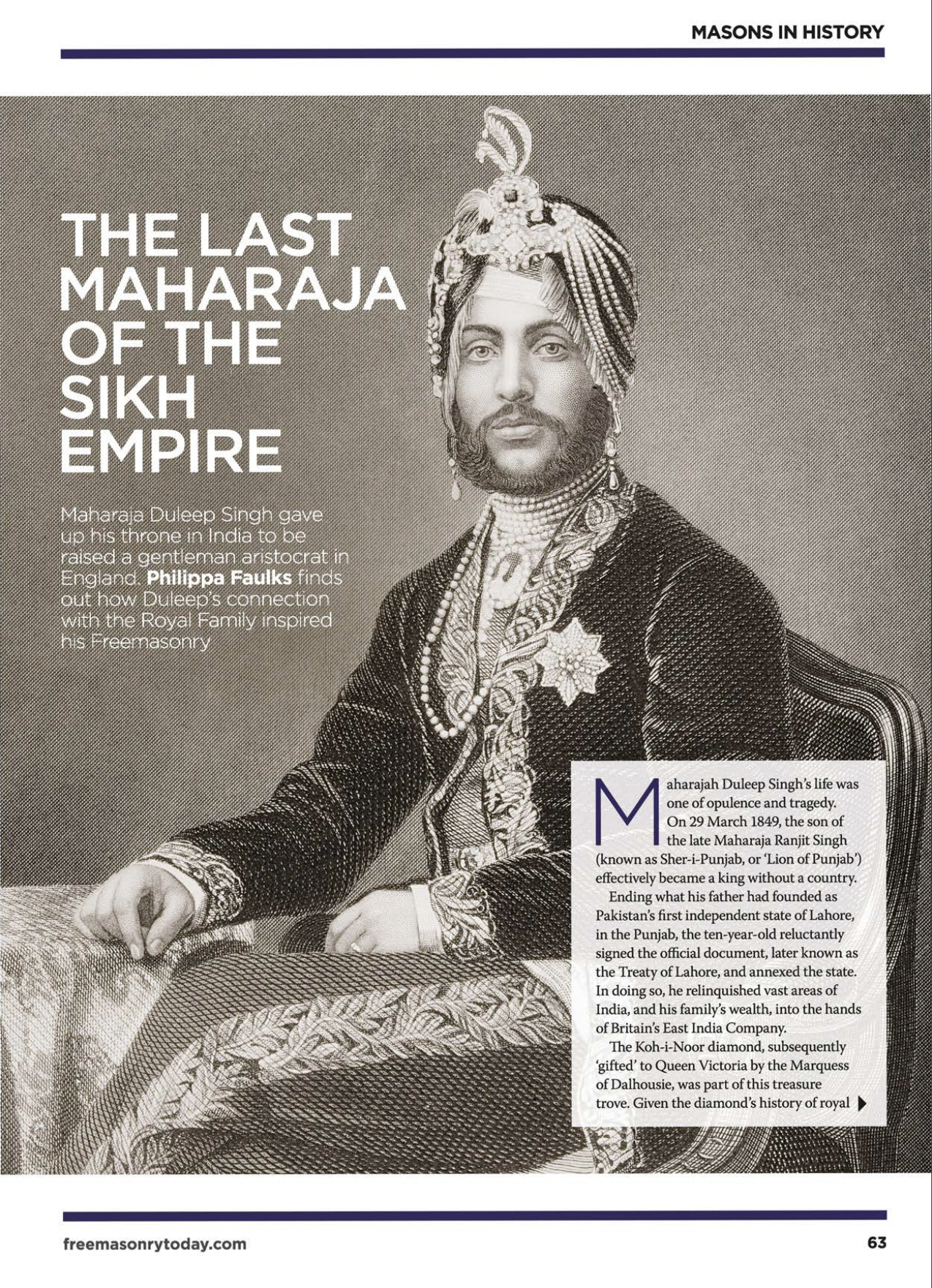

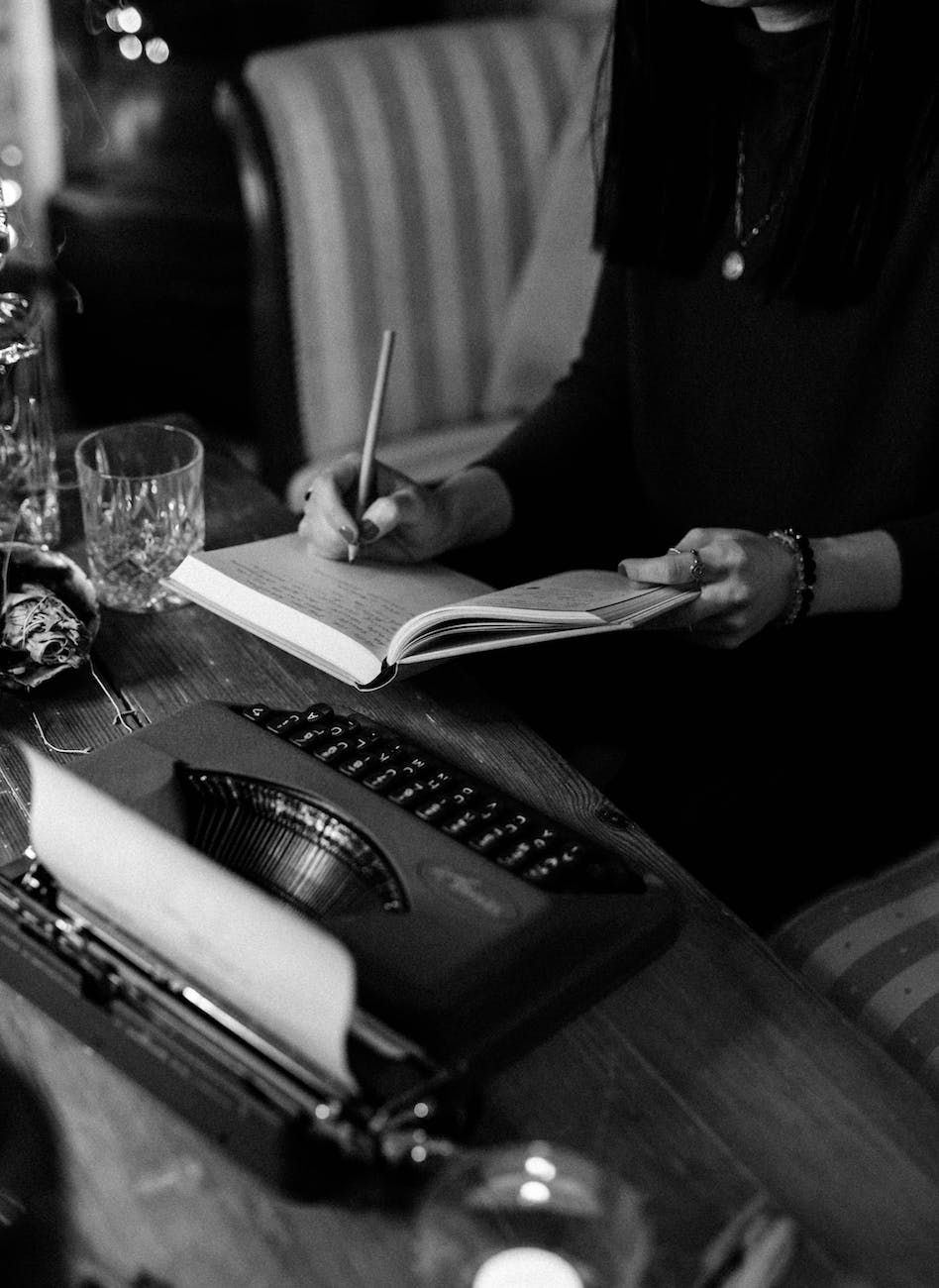

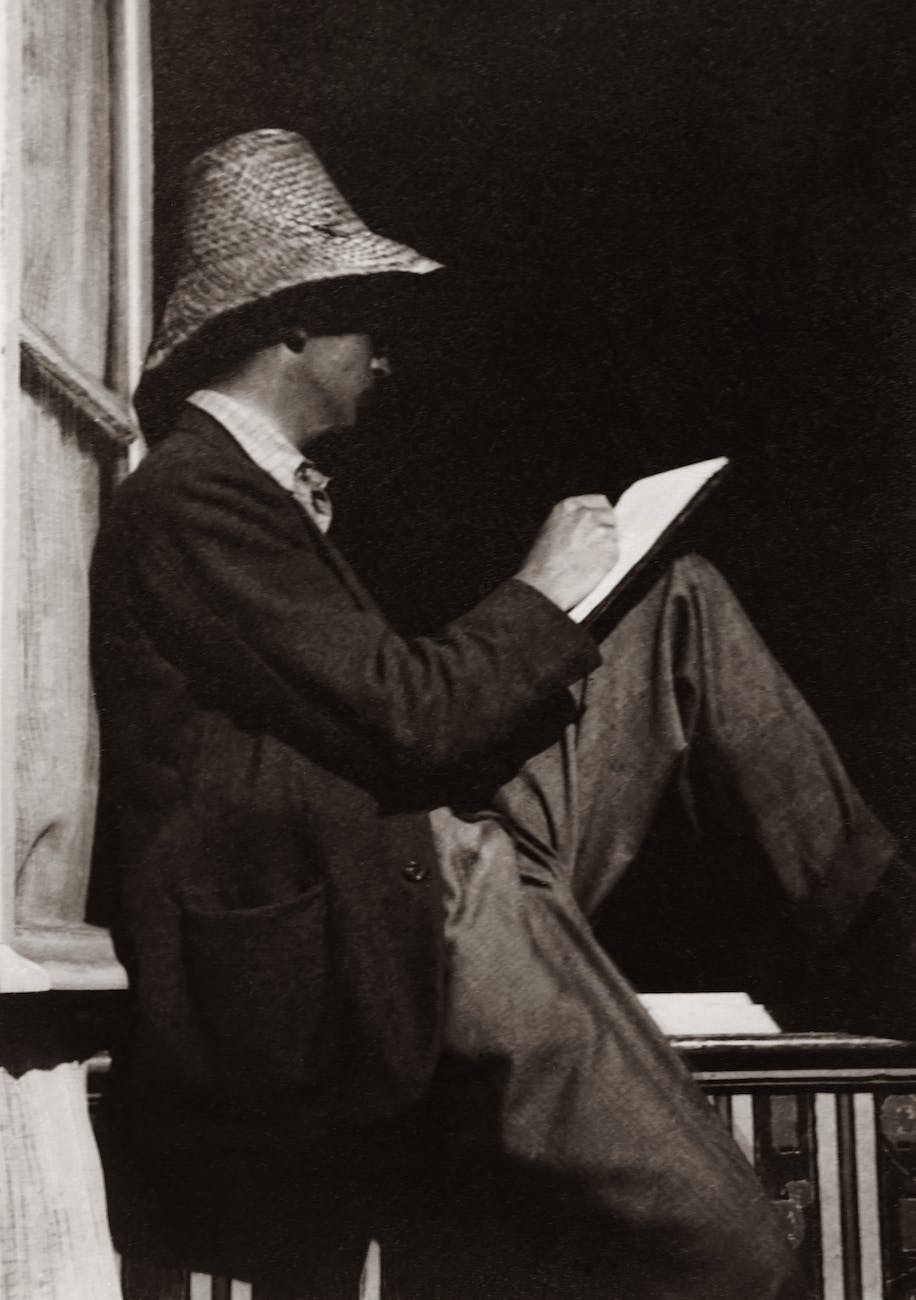

You must be logged in to post a comment.